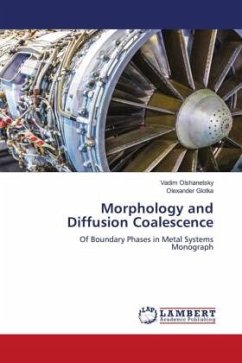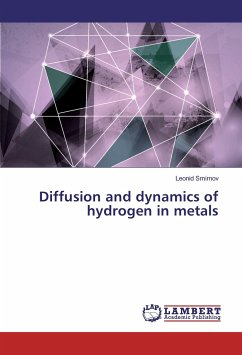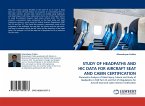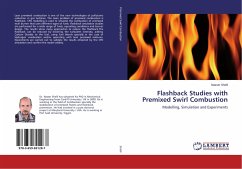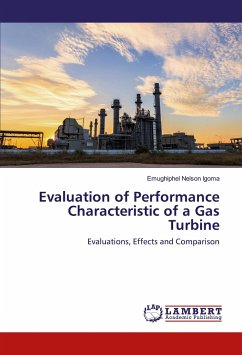With the improvement of the alloying system of nickel-based superalloys, their microstructure becomes more complicated and the phase composition changes. The expediency of the presence of carbides in the structure of nickel-based superalloys (NBS) has been discussed for decades, but an attempt to replace carbides with other compounds leads to a decrease in the performance of the alloys due to a decrease in the thermodynamic stability of the phases. The elimination of carbides became possible only in single-crystal carbon-free alloys, which gave an increase in heat resistance due to the elimination of the boundaries of the phase distribution. Recently, however, single-crystal alloys alloyed with carbon, in which the mechanical properties are at the level of carbon-free compositions, have become widespread. Therefore, the influence of MC carbides, especially within the temperature range of 0.8TL, has a high value when strengthening the material.
